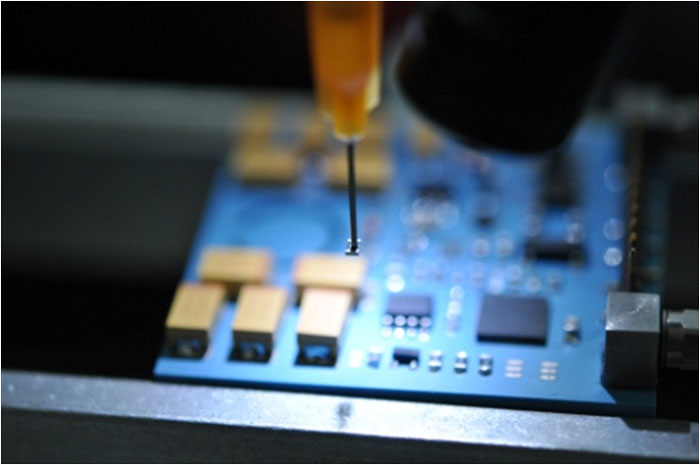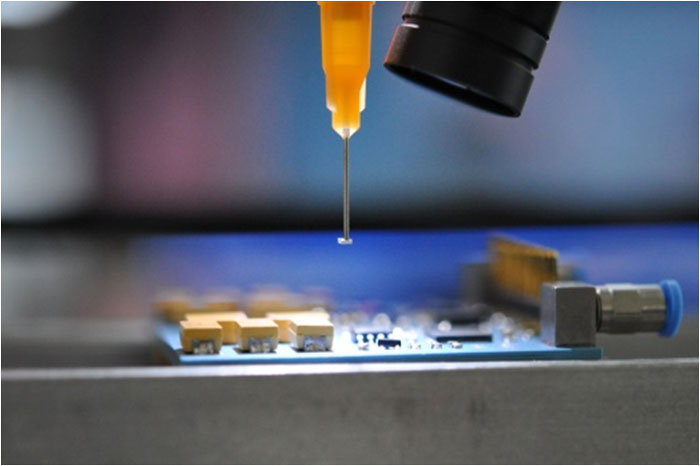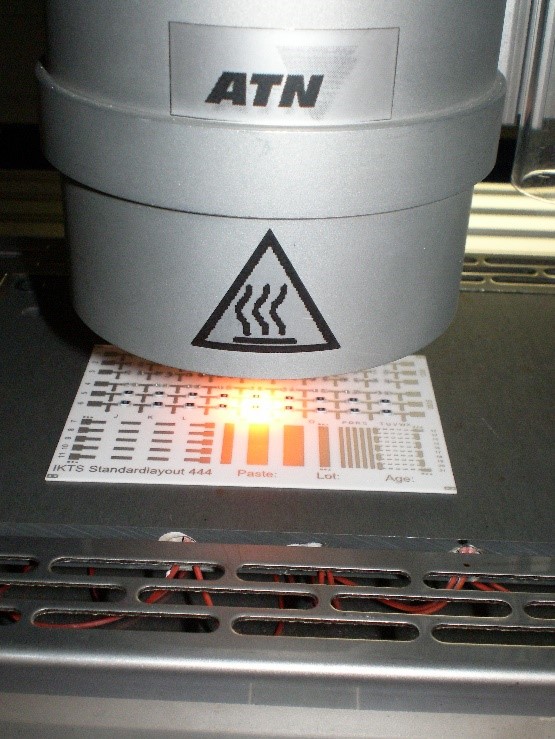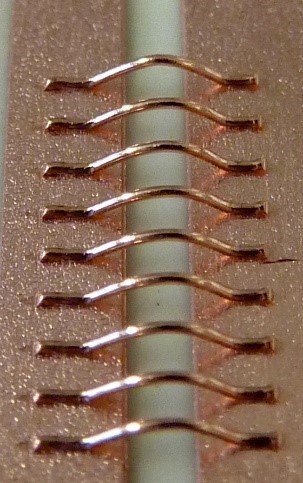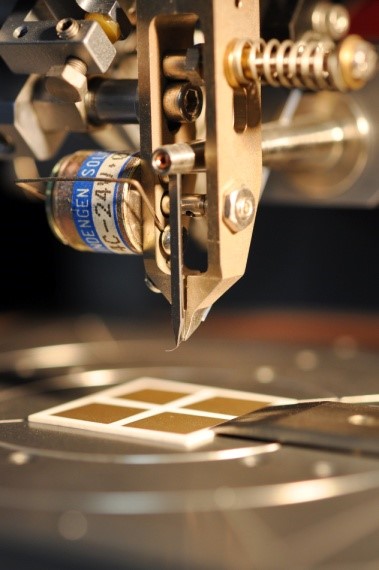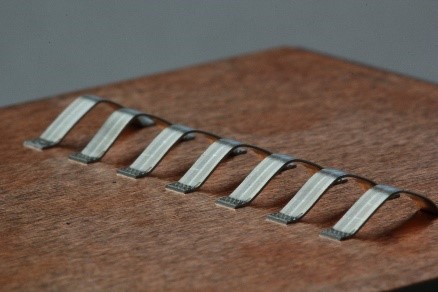The advantages of ceramic wiring substrates and sensors exist in the favorable mechanical properties, as well as in the excellent thermal conductivity of the substrate materials and the very low-cost, matched to silicon thermal expansion coefficient. In addition to the assembly of discrete components, these parameters allow the processing of unhoused semiconductor devices.
In this case, the electrical connecting contact between the semiconductor and ceramic wiring substrate by wire bonding or soldering is performed. Since the ceramic wiring substrates are typically used in the field of power electronics, the use of higher wire diameters and special wire materials is dominant.
Services offered
- Dimensioning, design and realization of prototypes for thick-film circuits
- Development and optimization of packaging solutions for thick-film based modules
- Technology optimization of assembly processes and materials selection
- Soldering
- Adherence
- Wire bonding
- Thermal aging
- Failure analysis
Technical equipment
- Screen printer EKRA
- Continuous furnace Centrotherm
- Wire bonder (R & K Delvotec)
- Manual placement machine (essemtec AG EXP SA)
- Pull/shear tester DAGE 4000
- Batch soldering furnace Focus 350
- Selective soldering station ATN
